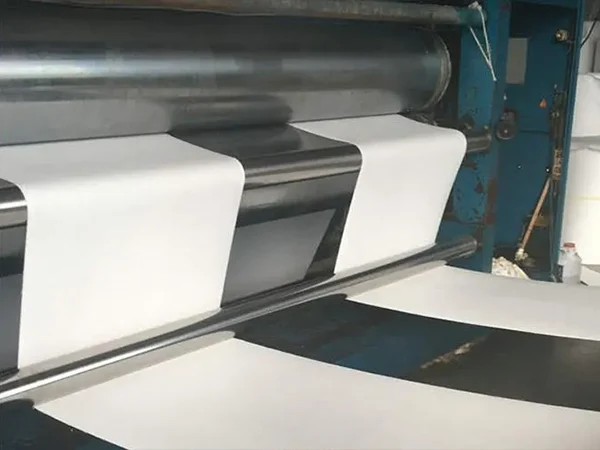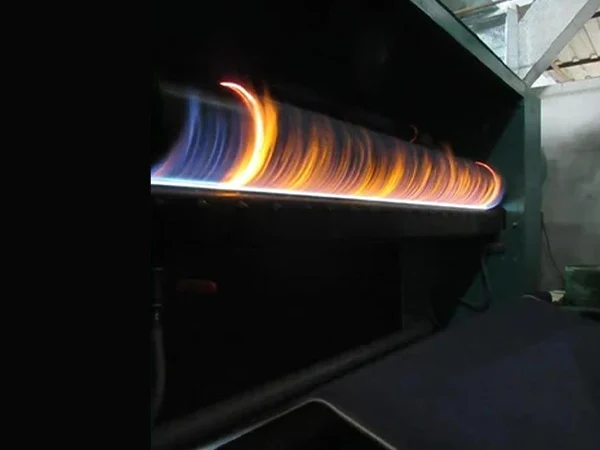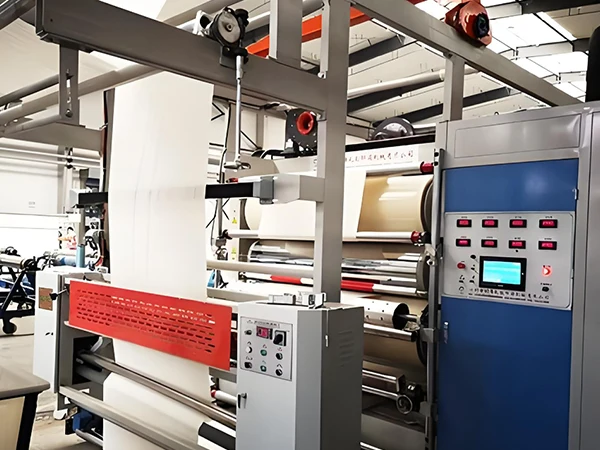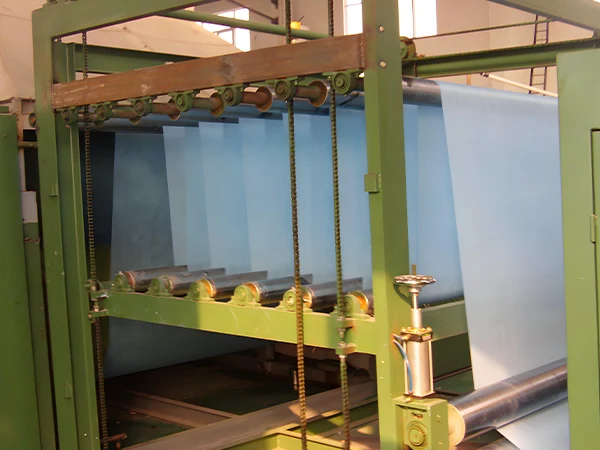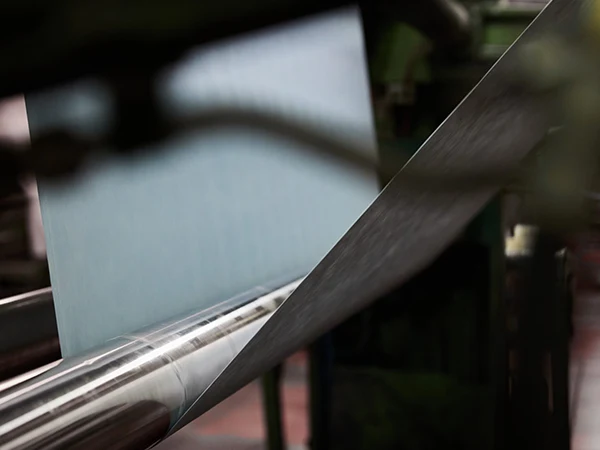Fibers need to undergo pre-treatment before becoming exhaust greige fabric (unfinished fabric just made from the machine). When exhaust greige fabric is prepared for use as filter material, certain post-treatment or surface treatment must be applied to improve its filtration performance and dust cleaning (peeling) performance. It will also enhance the lifespan and strength of the exhaust greige fabric. The surface treatment methods for exhaust filter materials include heat setting treatment, singeing treatment, hot rolling treatment, impregnation treatment, coating treatment, etc.
The purpose of hydrophobic treatment is to enhance the hydrophobicity of the filter material, preventing dust from adhering to the surface of the filter bag when condensation occurs inside the dust collector. Silicone is used as a water repellent for treatment, offering excellent hydrophobic effect.
Oleophobic Treatment
The purpose of oleophobic treatment is to enhance the oleophobicity of the filter material, which can be treated with fluorides.
Flame Retardant Treatment
Fibers with a limiting oxygen index (LOI) greater than 30%, such as PPS, P84, PTFE, are safe. For fibers with an LOI less than 30%, such as polypropylene, polyamide, polyester, the filter material can be treated with a flame retardant impregnation process.
Anti-Static Treatment
Conductive fibers are added to the filter material or fibers to provide conductivity in the warp or weft direction (with a volume resistivity of less than 109 Ω). Common conductive fibers include stainless steel fibers, carbon fibers, and modified chemical fibers.



























